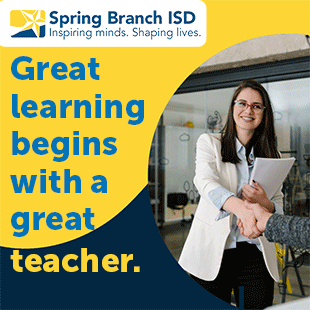

How many teachers have overheard a frustrated student, after grappling with a concept such as adding fractions or solving algebraic equations, declare: “I’m just not a math person”?
It’s a common enough occurrence, to the point where it’s an accepted part of our culture to think that some people just aren’t as adept at learning math as others.
Yet, if we were to dig deeper into the struggles of these students, we might find it’s not actually a problem with math. Instead, it might be a language barrier. With the right approach to instruction, we can help students avoid this challenge and become confident math practitioners.
The Math Language Barrier
Math has a complex language of its own, complete with its own vocabulary (and vernacular). To some students, words like addend, divisor, quotient, factor, and denominator can seem intimidating. Not having a clear understanding of the concepts associated with these terms can serve as a barrier to math achievement. But it’s not just the terms unique to math that can trip up students. As a research article by Michael Bulaon observes, the language of math also uses familiar English-language words in different contexts from those to which students are accustomed.1 The word set, for instance, means something else altogether in the context of math.
The technical language of math can discourage some students and cause them to doubt their own abilities.
As the National Mathematics Advisory Panel has pointed out, this can become a self-fulfilling prophecy, in which students struggle precisely because they believe they’re not capable of learning.2
The problem can be even more acute for English language learners, who—in addition to the actual math concepts—are trying to learn a second new language (math) within the context of a first new language (English).
Keys to Success
With the right approach, language doesn’t have to be an obstacle standing in the way of math success. Educators can borrow strategies that are familiar to language instructors to help teach math concepts. Here are three ways teachers can help students build their math vocabulary and develop a strong growth mindset.
1. Introduce math concepts without language to remove barriers to entry.
Beginning math instruction with a visual approach that relies on students’ innate spatial-temporal reasoning can make math more broadly accessible. When we remove language as a barrier to understanding, the concepts are accessible to more students, regardless of their skill level or proficiency with language. In this initial stage of learning, teachers can use manipulatives and/or visual representations of problems to help students understand new math concepts.
For instance, when learning about fractions, students might see an image of five identical boxes, three of which are open and two of which are closed. They might be tasked with recreating the same ratio of open and closed boxes. In the process, they’re learning the concept of fractions as a ratio without the meanings of these words getting in the way.
2. Honor the math understanding and language that students already possess.
Students are not blank slates. They come to us knowing a lot of math already. They might not know the formal language for describing that math, but they already grasp the underlying concept. Teachers can leverage this existing knowledge to help students expand their understanding.
For example, students who are football or basketball fans are already familiar with the words quarter and half in the context of a game. There are students who will beatbox or drum on their desks, and they’re keeping time in fractions without even being aware of this fact. They’re already working with fractions, but it’s not math to them.
We’re all mathematical beings. It’s important for students to understand they use math every day, they just don’t know it. By connecting students’ prior knowledge to key math concepts, we can deepen their understanding while showing them they’re fully capable of doing math.
3. Transition this knowledge into formal math language.
Once students have shown that they understand the underlying math concepts, teachers can introduce the formal math vocabulary for describing these operations. To return to the example of fractions, once students have demonstrated that they grasp the idea of a fraction as a part of the whole, then teachers can show them how to express this mathematically, explaining what the top and bottom numbers in a fraction are called, and so on.
A More Equitable Approach
When students claim they “can’t do math,” it affects not only their math achievement but their performance in other classes. Students start to doubt their abilities, and this can have a snowball effect on their learning. Having students master core math concepts before introducing them to the language of math, and then using this understanding to help them learn the formal language, makes math more accessible for kids. It’s a much more equitable approach to instruction that will build their confidence for deeper math learning, as well as learning across other subject areas.
Links
1. www.researchgate.net/publication/325968025_Why_is_the_language_of_mathematics_confusing_to_students
2. https://files.eric.ed.gov/fulltext/ED500486.pdf
Twana Young is vice president of curriculum and instruction at MIND Research Institute, whose ST Math program takes a visual approach to math instruction that is based in neuroscience. MIND’s new ST Math Immersion is a five-week summer program that reinforces math language and learning over the summer months. Prior to joining MIND, Young was a classroom teacher and district curriculum director for math, science, and instructional technology. She has more than 20 years of experience in education.





